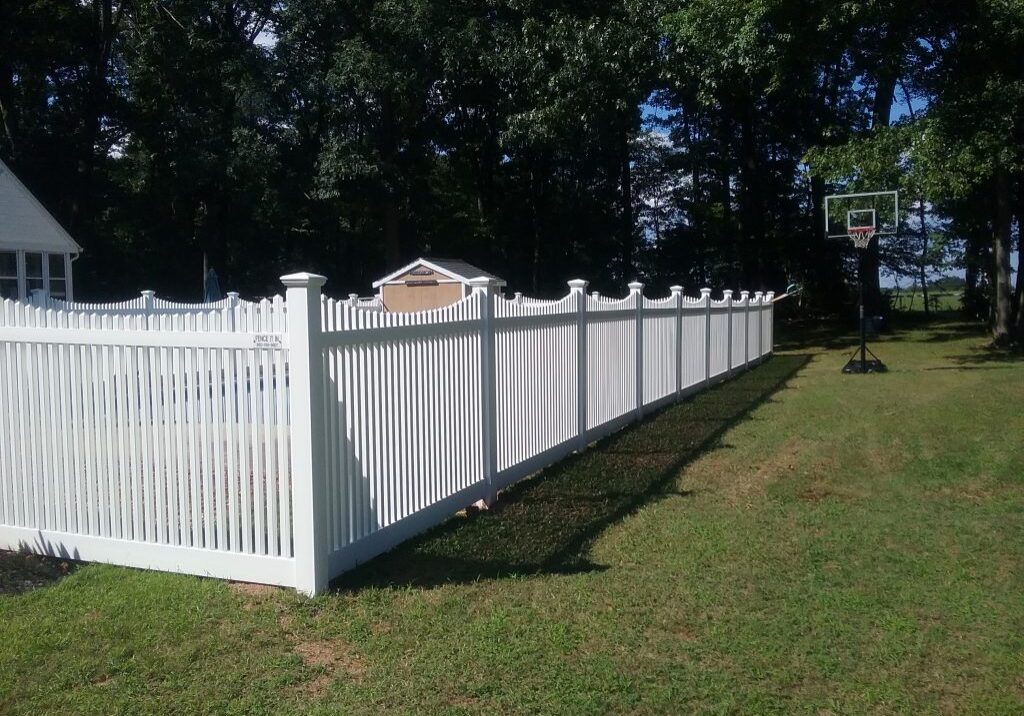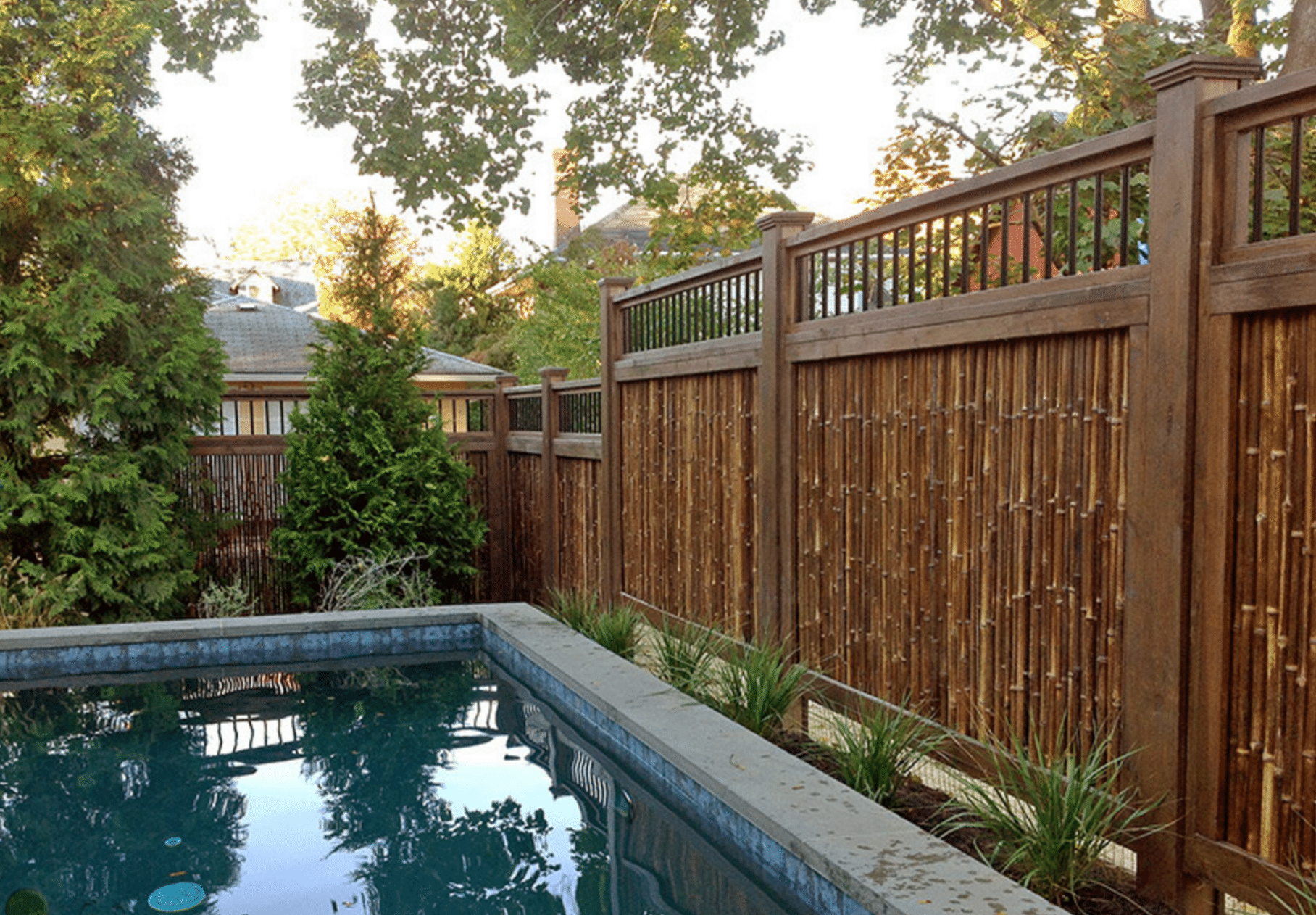All Categories
Featured

As house owners and services alike come to be much more eco conscious, finding green and sustainable fencing products is an essential consideration. Whether you're seeking to construct a fencing for privacy, security, or aesthetic charm, choosing products that minimize your ecological impact can aid secure the planet. In this article, we will certainly explore several environment-friendly secure fencing options, each offering unique benefits for your property and the environment.
- Bamboo Fence: A Renewable Source. Bamboo is extensively acknowledged as one of the most eco-friendly and lasting fence products available today. As a turf instead of a tree, bamboo expands rapidly and can get to complete maturation in simply 3 to 5 years, making it a highly renewable energy.
Ecological Benefits: Bamboo takes in much more carbon dioxide than several other plants, aiding balance out greenhouse gases. Additionally, bamboo needs marginal chemicals and fertilizers, making it a healthier option for the atmosphere. Longevity: Appropriately dealt with bamboo is immune to pests and dampness, indicating it can hold up against the components better than various other timber options. Aesthetic Allure: Bamboo provides a clean, modern-day appearance that works well with various landscape design designs, from exotic yards to contemporary urban designs. While bamboo secure fencing is long lasting, it does require proper care to maintain its durability, such as routine cleaning and periodic securing.
- Recycled Timber Fencing: Giving New Life to Old Products. Recycled wood is an excellent green option for those who desire the natural beauty of timber fencing without adding to deforestation. This material is often sourced from old buildings, pallets, or various other repurposed timber items, lowering the demand for freshly gathered timber.

Ecological Advantages: Using redeemed wood helps in reducing the need to reduce down new trees and can likewise prevent important materials from ending up in garbage dumps. Toughness: Relying on the sort of timber and therapy it gets, recycled wood fences can be simply as sturdy as new timber, specifically if kept properly with sealers and weatherproofing. Aesthetic Charm: Recycled wood fencings bring a rustic appeal and can be stained or repainted to fit your personal design. The major consideration with recycled wood is its maintenance. Gradually, wood can become vulnerable to rot, insect damages, and weathering, so routine maintenance is essential to prolong the life of your fence.
- Metal Fence: Recyclable and long lasting. Aluminum and steel fence, especially when sourced from recycled products, provides a strong, green choice to typical wood fence. These steels are 100% recyclable, meaning they can be repurposed indefinitely without shedding quality.

Ecological Benefits: Steels like light weight aluminum and steel decrease the need for brand-new mining and resources extraction, both of which have substantial ecological effects. Additionally, recycling metals needs much less energy compared to producing brand-new metal from raw materials. Sturdiness: Steel fencings are incredibly strong, resistant to weathering, and require little maintenance contrasted to timber alternatives. Visual Appeal: Metal fencings can be designed in streamlined, modern-day styles, or even more conventional looks, providing versatility for any property. While steel fences are low-maintenance and long lasting, they are not as efficient at providing personal privacy contrasted to wood or plastic choices due to the rooms in between the bars or slats.
- Living Fencings: Natural and Eco-friendly. Living fences, made from dense bushes, bushes, or trees, offer a all-natural and eco-friendly option to conventional fencing. Not only do they develop a privacy obstacle, yet they additionally add to the atmosphere by sustaining wild animals and enhancing air quality.
Environmental Benefits: Living fencings soak up co2, enhance dirt top quality, and supply environments for birds and other wildlife. In addition, they reduce sound pollution and enhance air top quality by filtering system toxins. Toughness: While living fences need even more maintenance than other products (e.g., trimming, watering), they can be extremely durable if properly maintained. Aesthetic Allure: Living fences create a lovely, all-natural border that improves the landscape and uses a natural and special appearance compared to traditional fence choices. The key drawback of living fencings is that they need ongoing maintenance and care, consisting of normal trimming and bug control.
- Hemp Fence: Sustainable and solid. Hemp is a sustainable and fast-growing plant that can be used to create strong, environment-friendly fence. Hemp secure fencing is made from all-natural hemp fibers, which are sturdy, naturally degradable, and immune to parasites.
Environmental Advantages: Hemp expands rapidly and requires little water or chemicals. It also assists sequester carbon, reducing greenhouse gases in the ambience. Once the fence is no more required, hemp is eco-friendly and can be composted. Sturdiness: Hemp is normally resistant to mold and parasites, which aids it hold up against various weather conditions and avoid using rough chemicals. Sustainability: Hemp farming is less resource-intensive compared to various other crops and helps maintain dirt wellness through plant turning. Hemp fencings are a relatively brand-new alternative on the market, and they may not be as commonly readily available as various other materials. In addition, they might not be as frequently used for high-security applications.
Final Thought: Choose Eco-Friendly Fence for a Sustainable Future. There are lots of environmentally friendly fencing materials to consider, each offering unique advantages for your home and the environment. Whether you pick bamboo, recycled wood, metal, living fencings, or hemp, each alternative permits you to develop a lovely and useful border while minimizing your environmental footprint. By selecting sustainable products, you contribute to a greener future and support the expanding movement towards accountable building and construction and landscape design techniques.
Latest Posts
Discover the Perks of Vinyl Fence with Montana Fence
Published May 08, 25
1 min read
Find Top-Tier Vehicle Service near St. Louis – Experience the Difference
Published May 08, 25
1 min read
Why Holistic Advertising And Marketing Wins in a Fragmented Globe
Published May 08, 25
1 min read
More
Latest Posts
Discover the Perks of Vinyl Fence with Montana Fence
Published May 08, 25
1 min read
Find Top-Tier Vehicle Service near St. Louis – Experience the Difference
Published May 08, 25
1 min read
Why Holistic Advertising And Marketing Wins in a Fragmented Globe
Published May 08, 25
1 min read